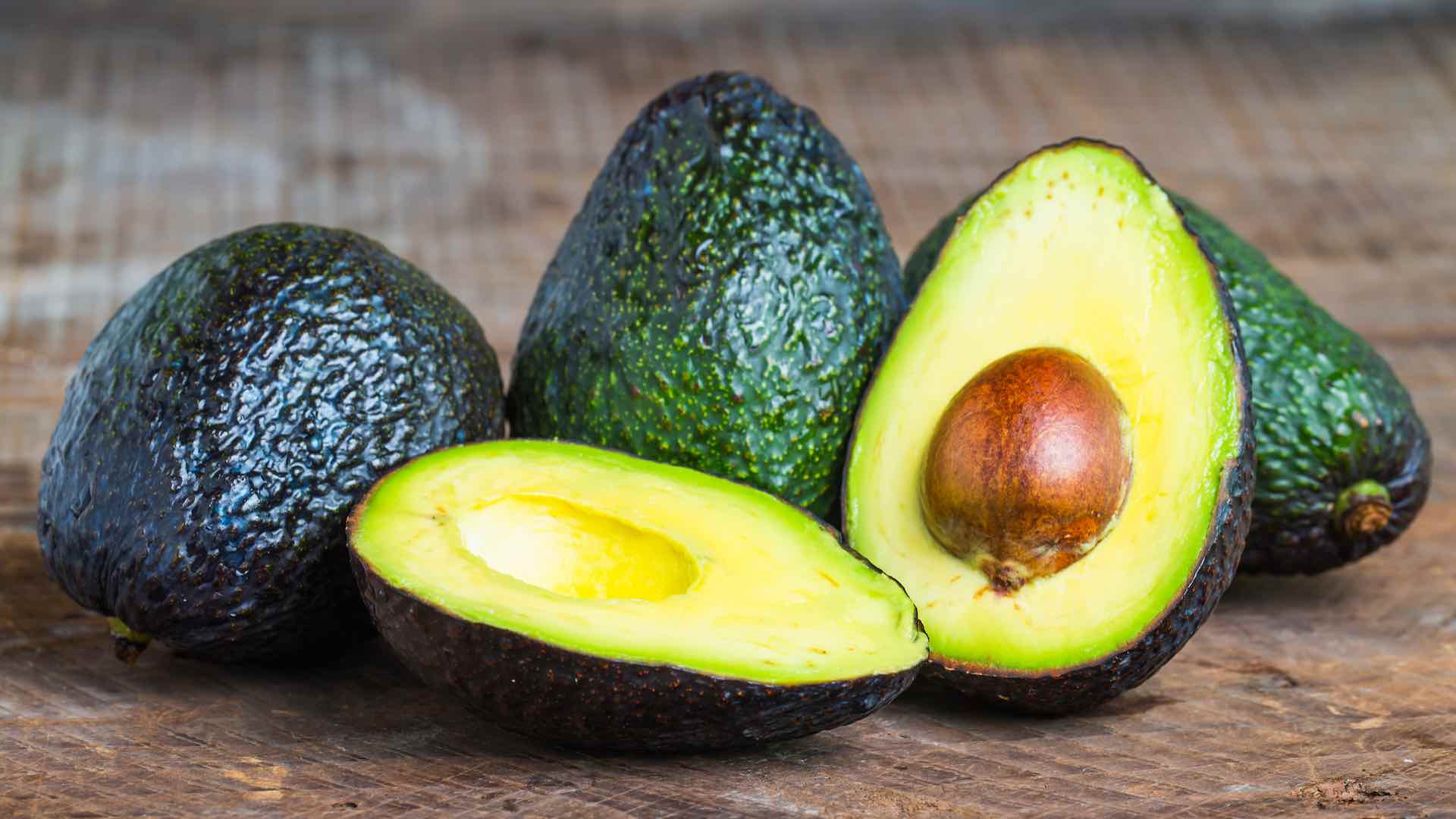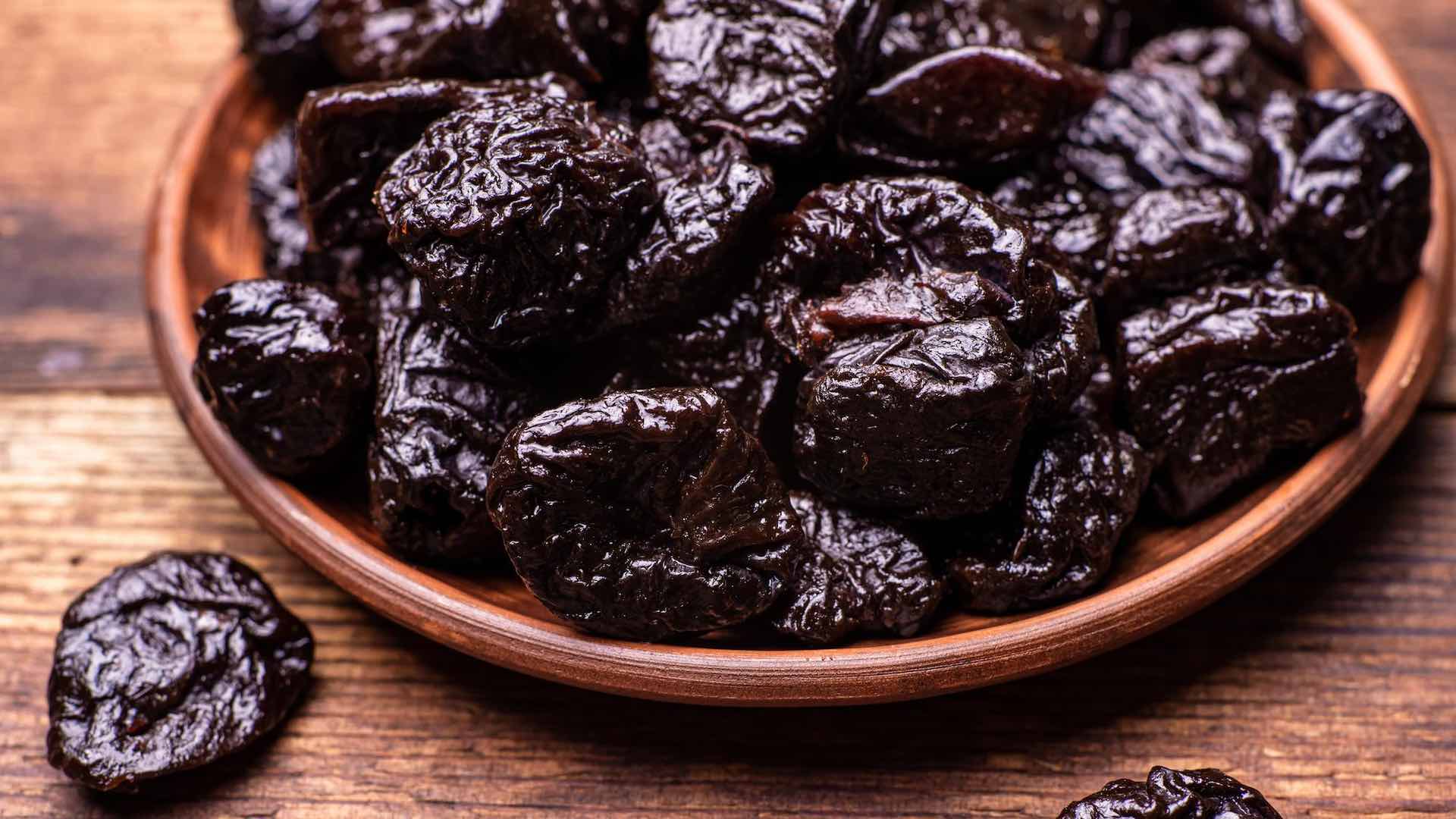Harnessing fiber’s power for blood sugar balance
Have your blood sugar readings felt like they’re mimicking a roller-coaster lately? There’s a superhero nutrient that’s come to the rescue, and its name might surprise you: fiber. With a staggering 37 million Americans managing diabetes, according to the National Institute of Diabetes and Digestive and Kidney Diseases, a strategy to tame those unpredictable blood sugar spikes is imperative.

Fiber’s impact on blood sugar management is multifaceted. It isn’t just about including roughage in your diet; it’s about understanding its types and how they help. Broadly, dietary fiber can be split into soluble and insoluble types. A 2022 study from Foods revealed that soluble fiber, which turns gel-like when combined with water, slows carbohydrate digestion and absorption. This delayed process means that sugars from whole grains, legumes, and specific fruits and vegetables are gradually released into our bloodstream, warding off sharp sugar spikes.
For those seeking expert insight, Erin Palinski-Wade, RD, CDCES, author of the “2-Day Diabetes Diet“, shared with EatingWell the significant benefits of dietary fiber. It controls blood sugar by tempering the speed of sugar absorption, preventing severe peaks and troughs in blood sugar levels. This means steadier energy and potentially fewer cravings. But that’s not fiber’s sole gift. As Palinski-Wade elaborates, fiber-rich diets can enhance body composition, notably reducing visceral or belly fat, according to a 2021 study in the Journal of Cachexia, Sarcopenia and Muscle. Minimizing this fat type is essential since a 2020 study from Diabetes, Metabolic Syndrome and Obesity links excess visceral fat to heightened blood sugar due to increased insulin resistance.

Wondering how to elevate your fiber intake? Consider these tasty suggestions: Embrace the Power of Prunes: Not just a digestive aid, prunes are a fiber dynamo. Eating prunes, not just their juice, is essential to leverage their fiber content. Palinski-Wade recommends them as a versatile addition to meals, citing benefits even for bone health.
Advocate for Avocado: Beyond being heart-healthy, avocados are a fiber treasure. Palinski-Wade emphasizes that, unlike many fruits, avocados lack sugar, with most of their carbs deriving from fiber. Incorporating them might even enhance blood sugar stability, as found in a 2021 Nutrients study.

Leap into Legumes: Beans, lentils, and chickpeas aren’t just for vegans and vegetarians. With 6-8 grams of fiber in a cooked cup, they’re a nutritious addition to any dish.
To sum it up, fiber is the unsung hero in blood sugar management. While it champions steadier sugar levels, it also combats visceral fat, a significant diabetes risk factor. Delicious foods like prunes, avocados, and legumes make it easy to incorporate. However, remember that other nutrients, including protein, chromium, and magnesium, also play roles in blood sugar balance. A balanced diet remains the cornerstone of good health.
